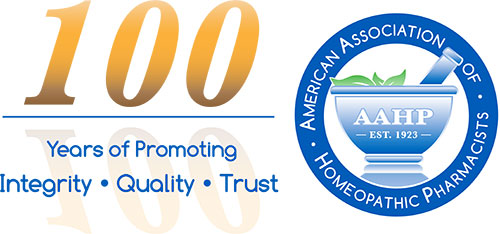Homeopathic Medicines at Retail
By Mark Land, AAHP President
Every year or so, I survey my local CVS store for the number and type of homeopathic drug products on their shelves. This year I counted 101 SKUs in 13 categories. Cough, cold, and flu (CCF) products led the list, followed by children’s products and internal and external pain relievers. Overall growth in SKUs owes a lot to these categories. In fact, the first quarter of this year saw very strong growth in CCF products. This is good news, especially considering that 40 percent of homeopathic SKUs are in this category.
Demand for CCF products is often illness-driven. When people are sick, products sell. But the products that sell are those that consumers know and trust. So it’s no surprise that the growth in the first quarter has come largely from brands that have pioneered these categories. The stellar performance is a testament to the awareness and consumer satisfaction these brands generate before, during, and after illness peaks.
In fact, a 2014 survey conducted for an AAHP member company showed awareness among women who purchased homeopathic medicines through mainstream retailers came mostly (36 percent) through word-of-mouth rather than from traditional advertising. Of that 36 percent introduced to product through personal recommendation, most (18 percent) named friends and family as the source. While it demonstrates high consumer satisfaction, it also points to the top means for expanding sales to new consumers.
Children’s products and external pain-relievers are both non-seasonal categories that anchor sales throughout the year. Remarkably, homeopathic brands often lead these categories at retail.
Emerging brands, irrespective of category, often aim to gain a foothold by splintering broader offerings into niches. This is an excellent way to reach consumers that may shop specific areas of the store. Therapeutic uses of products called out with specificity to unique audiences can broaden the uses of products in general and enrich the retailer’s offer to its consumers.
To a small extent I would say that the education and regulatory work of the AAHP over the years has contributed to the success of this category. We wish you the best and request that if you are not already a member you consider AAHP membership and its benefits.
